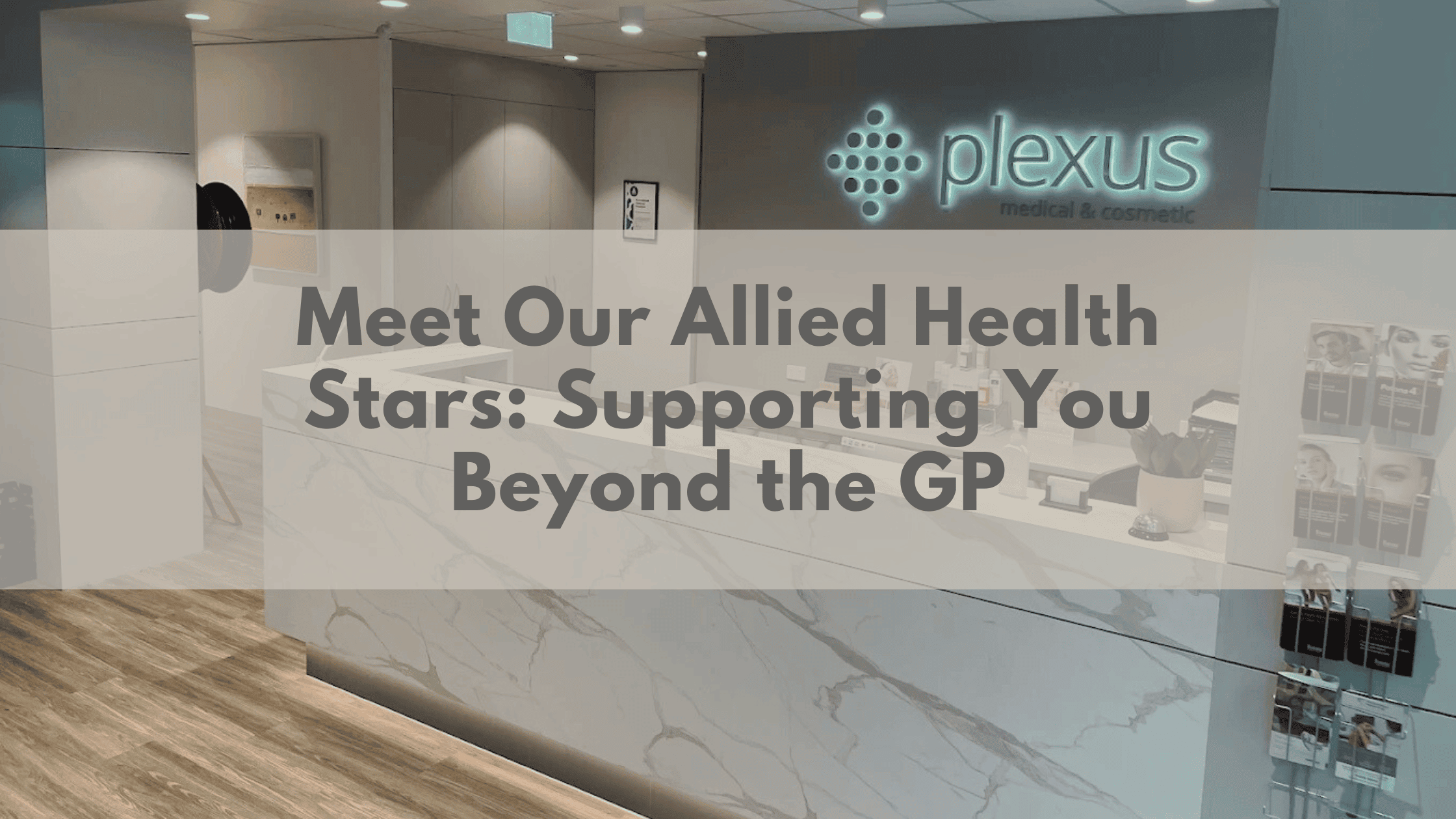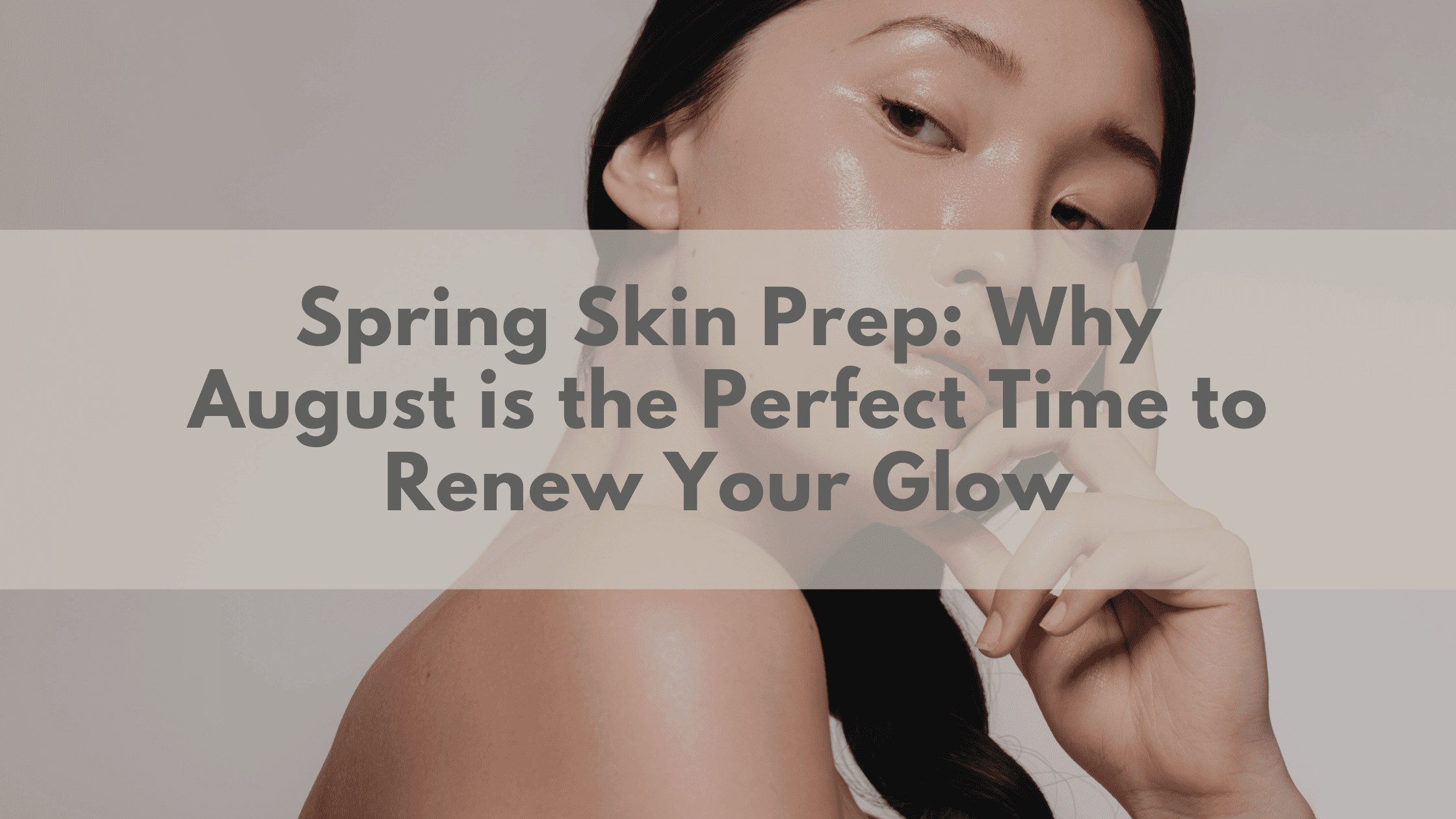As we age, our skin gradually loses its firmness and elasticity. This natural process is accelerated by external and biological factors such as sun exposure, lifestyle habits, and the gradual decline in collagen and elastin production. The result? Sagging skin, fine lines, and a loss of youthful contour.
In response, skin tightening treatments have evolved significantly, with non-surgical options gaining widespread popularity. Among the various technologies available, laser-based treatments have emerged as a trusted method for tightening and resurfacing the skin. With different levels of intensity and customisable settings, laser treatments can deliver impressive, long-lasting results.
The Science Behind Laser Skin Tightening
Skin tightening treatments fall into two broad categories: non-invasive methods that work through the skin’s surface, and minimally invasive techniques such as lasers and microneedling, which penetrate deeper to stimulate the skin’s natural repair process.
Among these, laser treatments are often preferred due to their precision, effectiveness, and longer-lasting results. Technologies like radiofrequency (RF) and high-intensity focused ultrasound (HIFU) heat deeper tissues to stimulate collagen, while microneedling creates micro-injuries that trigger collagen production. However, lasers, particularly ablative types, provide a more controlled method for removing damaged skin layers and remodeling collagen from within.
- Lasers are classified as ablative or non-ablative:
- Ablative lasers (like CO₂ and Er:YAG) vaporize the outer layers of skin, triggering a stronger collagen response.
- Non-ablative lasers heat the underlying skin without removing surface layers, offering less downtime but subtler results.
When laser energy is applied to the skin, it creates controlled thermal injury or microscopic wounds, depending on the type. This damage stimulates fibroblasts in the dermis to produce new collagen and elastin, essential for firmer, smoother skin. Over time, as the skin heals, it becomes tighter, more elastic, and rejuvenated.
A 2013 clinical review published in the Journal of Clinical and Aesthetic Dermatology notes that fractional laser resurfacing significantly increases dermal collagen production and improves skin laxity, particularly in aging skin, supporting its use as a powerful tool for non-surgical rejuvenation (JCAD, 2013;6(11):36–44).
Zooming In: Ablative Laser Treatments for Skin Tightening
Ablative lasers are more intensive because they resurface both the outer (epidermis) and deeper (dermis) layers of the skin, triggering strong collagen production and visible tightening.
There are two types:
- Full-field ablative lasers treat the entire surface, offering dramatic results but with longer recovery.
- Fractional ablative lasers (like CO₂ and Er:YAG) treat small columns of skin, promoting faster healing with fewer risks.
A recent review in the Journal of the European Academy of Dermatology and Venereology highlights the growing use of Er:YAG lasers in Australia, noting their precision and reduced risk of pigmentation issues. It also emphasizes the rise of hybrid laser systems that combine ablative and non-ablative effects for deeper collagen remodeling and improved efficiency (JEADV, 2024).
Spotlight on Fractional CO₂ and Er:YAG Lasers
- Fractional CO₂ Laser:
- Offers deeper penetration, making it ideal for moderate to severe wrinkles and skin laxity.
- Delivers dramatic tightening by targeting deeper layers of skin, encouraging collagen regeneration.
- Fractional Erbium:YAG Laser:
- Provides shallower, more precise ablation, which causes less thermal damage compared to CO₂ lasers.
- Best for treating fine lines, mild laxity, and sensitive skin types due to its gentler nature.
| Feature | CO₂ Laser | Er:YAG Laser |
| Penetration Depth | Deeper (for more severe tightening) | Shallower (for finer treatments) |
| Downtime | Longer recovery | Shorter recovery |
| Ideal Candidates | Severe wrinkles, laxity, sun damage | Fine lines, mild laxity, sensitive skin |
| Results | More dramatic tightening | Precise results with minimal downtime |
The Healing Science: How Wound Closure Drives Skin Tightening
Fractional lasers create microthermal zones, or tiny controlled wounds, which activate the body’s natural wound-healing cascade:
- Haemostasis (stopping blood flow)
- Inflammation (immune response)
- Proliferation (new cell growth)
- Remodelling (collagen and elastin formation)
The hero here is collagen. As the skin heals, new collagen contracts and firms the skin, improving elasticity. Simultaneously, elastin and the extracellular matrix regenerate, enhancing texture and tone.
However, recent studies show that wound closure, not just tissue ablation, plays a critical role in tightening outcomes. A 2024 study by Russe et al. in Lasers in Surgery and Medicine demonstrated that immediate mechanical closure of fractional Er:YAG laser-induced micro-wounds using a stretched elastic dressing resulted in approximately 11.5% skin shrinkage after 28 days. Wounds left open, by contrast, did not produce meaningful tightening.
The Er:YAG laser was chosen in this study for its ability to create cleaner wounds with minimal thermal damage, reducing scarring risks and supporting better healing outcomes.
Why Controlled Injury = Better Skin
The fractional approach leaves untouched skin between microcolumns, accelerating healing and minimising side effects. This makes it possible to achieve significant tightening with minimal downtime. Multiple sessions can build cumulative collagen, resulting in sustained improvements in skin tightness and texture.
Enter Fotona and SmoothEye: Gentle Yet Effective
For patients seeking gentler options with minimal recovery, Fotona SmoothEye treatment offers a non-invasive approach using Er:YAG laser in SMOOTH mode. This technique delivers controlled heat to the periorbital area, stimulating collagen with no skin ablation and virtually no downtime—making it a favorite among patients seeking under-eye rejuvenation and tightening.
Is Fractional Ablative Laser Right for You?
Fractional ablative lasers are ideal for individuals looking for long-term tightening without the need for invasive surgery. However, it’s essential to consider factors like skin type, tolerance for downtime, and treatment goals. A consultation with a certified dermatologist or aesthetic practitioner is crucial to determine the best approach which is why Plexus South Yarra is willing throughout your treatment.
At Plexus South Yarra, we pride ourselves on offering evidence-based, individualised cosmetic care. Whether you’re exploring fractional CO₂, Er:YAG, Fotona SmoothEye®, or a combined strategy, our experienced team is with you every step of the way—from consultation to recovery. We’re here to help you achieve natural-looking results with minimal disruption to your lifestyle.




